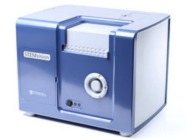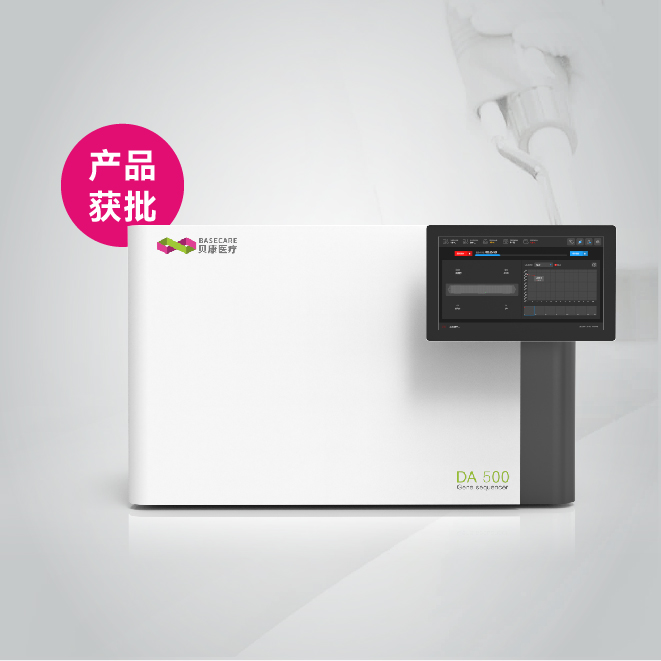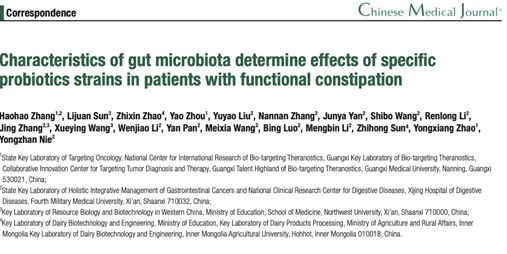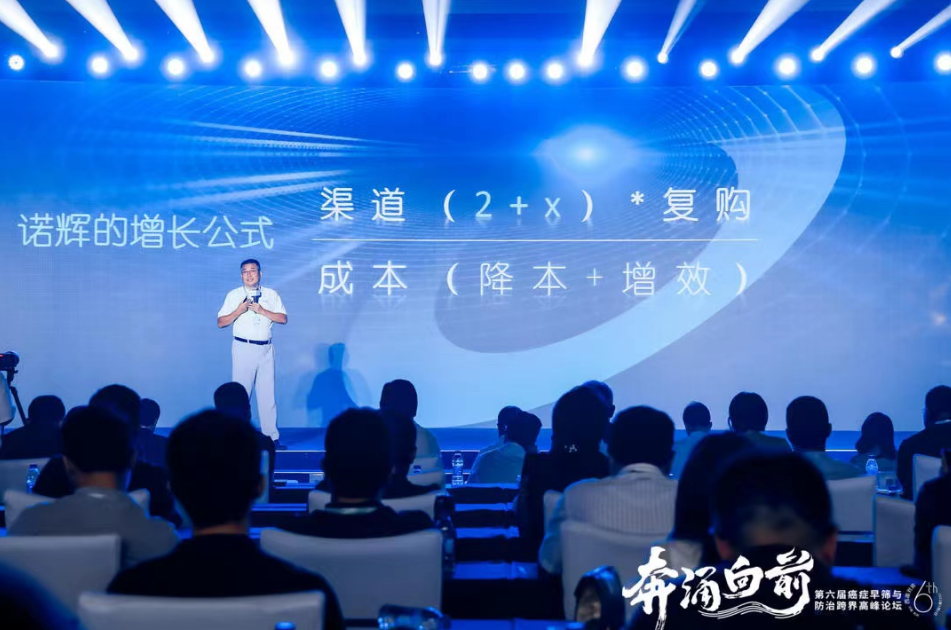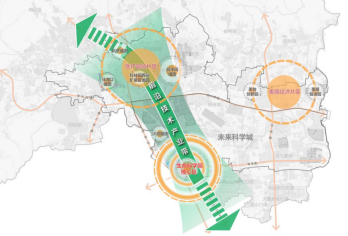The hematopoietic (literally, blood-forming) system is made up of remarkable hematopoietic stem and progenitor cells that potentially can become any type of blood cell. When individual hematopoietic progenitor cells give rise to colonies of cells in a semi-solid growth matrix, theyare known as colony-forming cells (CFC) and can be studied in a hematopoietic colony-forming assay. In a hematopoietic CFC assay (or hematopoietic CFU assay, for colony-forming units), the hematopoietic progenitor cells are suspended with reagents in a three-dimensional gel matrix (usually methylcellulose,though other types are being developed) and grown for at least several days, until colonies have developed enough to count. Traditionally, the colonies are counted manually—tedious, time-consuming work that can be prone to errors. Today, there are more opportunities to automate colony counting and to improve other aspects of this important type of assay, which is used to detect progenitor cells and test the effects of growth factors, toxic agents and other compounds on hematopoietic progenitors.
Assays and assay reagents
Joy Aho, a scientist at R"D Systems,believes there are at least several factors important in choosing assayreagents for hematopoietic CFC assays, such as the starting cell population and the assay readout. “For example, are you starting with a purified population of cells, such as CD34+, or are you starting from something more variable, like whole blood?” she says. “Our Human Methylcellulose-Enriched Media has been formulated for use with CD34+ cells, but if you have bone-marrow cells, our Human Methylcellulose Complete Media would be sufficient. The difference between these two products is additional cytokines.” You also need to know specifically which colony types you are looking for, and what questions you want to ask. “Different media formulations are going to contain different cytokines depending on what readout you are looking for,” says Aho. “If you are interested in molecules that will replace erythropoietin, get a medium that does not contain this factor.”
R"D Systems offers several mouse-based methylcellulose products for CFC assays. “The advantage of our mouse assay products is that our red blood cell colonies have a more distinct red tint to them, making them much easier [to score],” says Aho. “Also, we will soon be releasing several serum-free methylcellulose media. Their advantage is that no serum is required in the medium or the resuspension solution. These are good options for those who wish to remove the possible variability from serum. I believe the addition of the serum-free versions of these products will be very valuable to researchers, enabling the removal of various growth factors within serum [that complicate] outcomes in experiments.”
Reagents for CFC assays range from the gel matrix and solutions that the colonies grow in to the cells themselves. ReachBiooffers methylcellulose-based ColonyGEL™ products for a range of species, including human, mouse, rat, dog and non-human primate. In addition, ReachBio Qualified™ progenitor cells are progenitor-cell populations from human cord blood, mobilized blood and bone marrow. “Allour ReachBio Qualified primary human cells have been functionally pre-tested and qualified in CFC assays and have known plating efficiencies and known progenitor content,” says Emer Clarke, chief scientific officer at ReachBio. “In addition, since the customer knows how many progenitors of each type are present, ReachBio Qualified cells eliminate the guesswork in setting up CFC assays. By using these cells, the assays can be set up at a single concentration that will be optimal for the final readout. Traditionally, multiple concentrations of cells would initially be set up with the hope that one of them would be at a suitable cell density for the assay. Overplating can make it difficult to discern single colonies and score accurately. Underplating can resultin too few colonies for the results to be statistically relevant.”
ReachBio also offers its expertise in extensive assay services for labs that want to outsource. For example, it offers “CFC assay services for testing the efficacy of hemomodulatory drugs such as cytokine mimetics, stem-cell mobilizers or radioprotective compounds,” says Clarke, “as well as our HemoRANK™ in vitro assay services for predicting the clinical myelotoxic/neutropenic liability of kinase inhibitors, antivirals and other new drugs under development.”
For labs looking to increase throughput, Cell Biolabsoffers its CytoSelect™ 96-Well Hematopoietic Colony Forming Cell Assay,a high-throughput screening assay for counting CFC formation. “In addition to the obvious throughput advantage of a 96-well assay, the CytoSelect assay allows quantitation in just seven days with no manual colony counting required,” says Ken Rosser, director of business development at Cell Biolabs. “This compares to the 14 to 21 days normally required for the colonies to reach sufficient size to be counted visually (typically about 40 cells per colony). After seven days, cells may be lysed and quantified by fluorescent dye or recovered from the methylcellulose for further culturing and characterization.”
Hardware for imaging and scoring
For fast colony enumeration, TTP LabTech’sAcumen is an imaging system that collects and analyzes more than 40 images per second for each well. Its large, focused depth of field enables fast measurements of colony numbers and sizes throughout the gel. “I would advise researchers to look for a system that provides rapid, accurate, consistent analysis and in-depth information on colony size and health,” says Paul Wylie, product manager at Acumen.“Hematopoietic CFC assays are long and labor intensive, particularly atthe analysis stage. The ability to capture data accurately and quickly is a great advantage to researchers in this field. Rapid analysis ‘in situ’ eliminates the need for cell harvesting, lysis and labelling before analysis. The Acumen will scan and analyse all the colonies in a 96-well plate in around eight minutes.”
As the CFC assay has been shown to be the most efficient assay when correlating with clinical outcomes, this type of assay is poised to takea significant step forward with StemCell Technologies’recently released STEMvision, the first automated and standardized instrument for CFC enumeration. “STEMvision automates and standardizes CFC scoring to reduce variability, save time in laboratory workflows, digitally image cultures for permanent record keeping [current convention requires users to discard cultures after manual scoring, losing the ability to refer back to original data] and review colony scoring information using the STEMvision Colony Marker software,” says Kenneth To, product manager of hematology and contract assay services atStemCell Technologies. StemCell Technologies also is releasing its new SmartDish cultureware, designed to reduce the formation of a meniscus. This allows media to be distributed more uniformly, which means less optical distortion and more accurate colony counting.
Looking for alternatives
Ivan Rich, founder, chairman and chief executive officer of HemoGenix®,has a different take on CFC assays. Because colonies are identified by the mature cells that are formed, Rich states that the CFC assay does not measure cell proliferation, but cell differentiation and maturation ability. In other words, a direct measurement of cell proliferation requires another readout. HemoGenix has developed assays to measure cellproliferation of hematopoietic cells using its proprietary Bioluminomics™ technology, which measures the concentration of intracellular ATP (iATP) after stimulation with growth factors normally used in traditional CFC assays. “Our technology allows this to be applied to primitive cells of the blood-forming system by simply detecting iATP when it is released from the cells by lysis and reacts with luciferin/luciferase to produce bioluminescence in the form of light,” says Rich. “The light is then measured in a plate luminometer. Not only are the assays instrument-based and therefore non-subjective, but all of our assays incorporate an external ATP standard and controls.This means that the assays are calibrated and standardized every time they are used.”
HemoGenix has developed specific HALO® assays for different applications; one is a methylcellulose-based CFC assay that includes an iATP measurement step. The CAMEO™-96 is both a proliferation and differentiation assay for hematopoietic cells. “The assay allows the enumeration of colonies similar to the CFC assay, but after counting colonies, the culture wells are processed to measure the iATP concentration, thereby measuring proliferation of the cultured cells,” says Rich. “Since there is a direct correlation between the number of colonies counted and the iATP concentration measured on the same cells that have been cultured under exactly the same conditions, the number ofcolonies can be converted to ATP-concentration equivalents. Since the ATP part of the assay is standardized against an external ATP standard and controls, CAMEO-96 is the only assay commercially available that canstandardize the classic CFC assay. By using two different readouts, colony counting and ATP, it has been possible to combine these into a single assay that detects both proliferation and differentiation.”
HemoGenix also incorporates into HALO assays its Suspension Expansion Culture™ (SEC) Technology in place of methylcellulose. This reduces variation and speeds the assay. “For example, for human cells, the CFC assay requires 10 to 14 days, while HALO requires only five days,” says Rich. “[Our] new assay, called STEMpredict™, specifically designed for stem-cell transplantation processing laboratories, provides results in only two to three days. Using the CFC assay, animal cells are usually enumerated after seven days, but using HALO, results are obtained in four days. One of the primary advantages of SEC technology is that high-throughput screening is possible using both 96- and 384-well formats.” With so many new high-tech bells and whistles at your fingertips, your next round of CFC assays may practically run and analyze itself.

